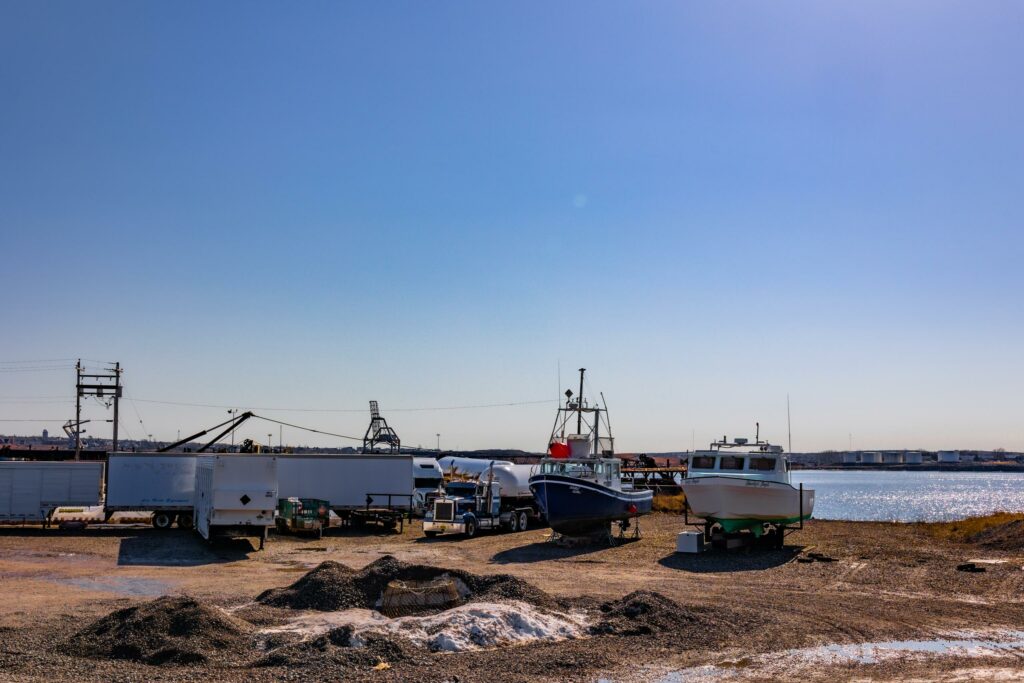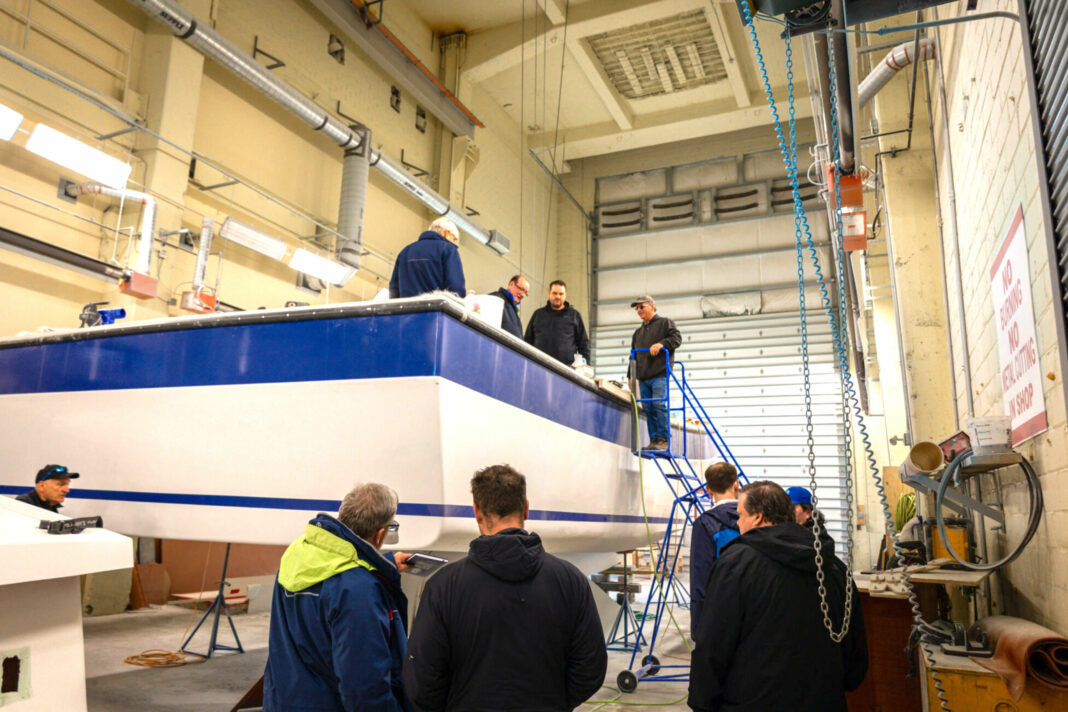Lobster fishing is a big business often defined by tradition. But shifting from diesel fuel to battery power can reduce emissions, air pollution, even underwater noise. Is the industry ready for the world’s first electric lobster boat?
Can an electric lobster fishing boat get a full day’s work done off the coast of Nova Scotia? A group of researchers, non-profits, and small companies recently set out to answer that question — looking at such factors as what type of zero emission works best, how much power that system would use, and how cost effective it would be — and learned that the answer is a qualified yes. Now, the next phase of the research begins — the construction of the world’s first lobster fishing boat powered by an onboard battery. The boat will be christened the Lektrike’l Walipotl or “electric boat” in Mi’kmaw, the language of the local Indigenous people.
Oceans North, a non-profit organization dedicated to marine conservation in partnership with Indigenous and coastal communities, is working with Membertou First Nation on Cape Breton Island in Nova Scotia to study the viability of electrifying the province’s entire lobster fleet. A third partner — marine architect firm Allswater and Rimot, a company that electrifies ships — will build the boat and wharf-side charging stations. The charging stations will be bi-directional; Andrew Boswell, CEO of BlueGrid by Rimot, explains that “when the boat isn’t in use and electricity needs are high, power stored in the batteries can be fed into the grid.”
“The only missing piece in Atlantic Canada was understanding the needs of local fishers and designing a boat that could meet those needs,” says Rob Crutcher, CEO at Allswater. Lobster fishing is the lifeblood of many Nova Scotia coastal communities. The annual catch is worth over half a billion Canadian dollars — 80 percent of the income of the province’s entire fisheries sector. Related industries like boatbuilding and supplies make up almost another $.5 billion in revenues. Electrification of the fleet stands to multiply the sector’s value to $10 billion.

The potential impact of electrification is massive. Canada has 15,000 small fishing boats. The US has 25,000. The study found that nearly 2,300 Nova Scotia boats — which together complete 70 percent of the entire fleet’s days fished — set traps within 12.5 miles (20 kilometers) of shore. These boats are good candidates for electrification. Some 60 percent could accommodate batteries with a capacity of 400-500 kWh, which would easily power a day’s fishing. The other 40 percent, along with boats that fish further from shore, would need more capacity or a different form of electrification.
The changeover to 400 kWh capacity could reduce the lobster fleet’s gas emissions by 40 percent, or 70 million pounds (32 million kg) of CO2 annually, equivalent to the emissions of 12,800 cars. It would also reduce local air pollution and relieve crews from exposure to diesel fumes. Underwater noise pollution dangerous to sea life would be nearly eliminated.
It’s early days. Much more has to fall into place if the fleet is to be electrified and contribute to worldwide efforts to decarbonize. The conversion may need government support. The electricity grid needs upgrading. Electricity generation itself needs to be greener. Fossil fuels generate three-quarters of Nova Scotia’s electricity, but coal is slated for elimination by 2030, and renewables are coming online quickly.

The big question for most boat owners will be the cost of building an electric boat or converting an existing boat from diesel. While both options are expensive, the report concludes that cost savings in fuel will be so great that electrification will pay for itself in 20 years.
Meanwhile, construction of Lektrike’l Walipotl has begun, with launch scheduled for 2025. Membertou fishers will test the world’s first electric lobster fishing boat during regular community fishing operations.
“Once the industry sees that it works,” says Crutcher, “the future fleet picture becomes clearer for everyone.”


